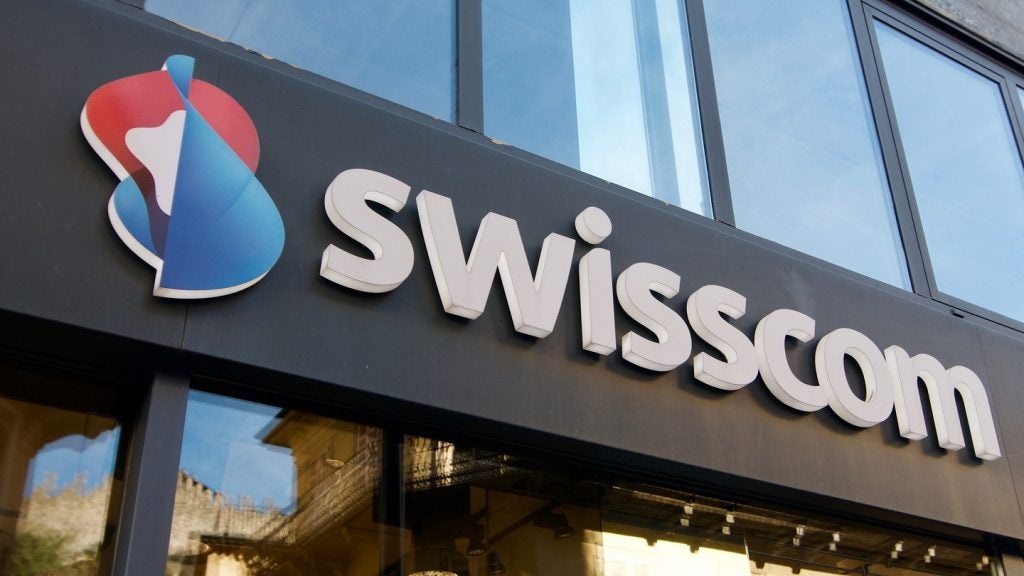the insurance market, US bank Wells Fargo has announced an
acquisition which will provide it with an entry into premium
financing. This adds to an existing line up that includes life
insurance, general insurance and health insurance. Charles
Davis reports.
Signaling further expansion of its insurance business, US bank
Wells Fargo has acquired the insurance premium finance business of
Flatiron Credit Company from TD Banknorth, a wholly-owned US
banking unit of Canadian bank Toronto-Dominion Bank.
Founded in 1995, Denver-based Flatiron Credit Company and its
operating subsidiary Flatiron Capital Corporation is the seventh
largest premium finance company in the US.
It originates, funds and services insurance premium finance
contracts through a national network of insurance agents and
insurance brokers, managing general agents and insurance companies.
Flatiron has about 60 employees and a $300 million loan portfolio.
The deal’s terms were not disclosed.
“Flatiron has long-standing relationships with producers and is a
recognised provider of premium financing to firms across the
nation,” said Dave Zuercher, head of international and insurance
services for Wells Fargo.
“It will be our platform as we enter the premium finance business,
cementing Wells Fargo’s position as one of the nation’s leading
providers of financial services and further enable us to satisfy
all the financial needs of our commercial customers.”
How well do you really know your competitors?
Access the most comprehensive Company Profiles on the market, powered by GlobalData. Save hours of research. Gain competitive edge.

Thank you!
Your download email will arrive shortly
Not ready to buy yet? Download a free sample
We are confident about the unique quality of our Company Profiles. However, we want you to make the most beneficial decision for your business, so we offer a free sample that you can download by submitting the below form
By GlobalDataAs part of the transaction, all employees of Flatiron will remain
with the business, offering a seamless transition for its clients
as well as a much-needed finance arm for Wells Fargo’s commercial
insurance business.
“We have become a trusted partner to our clients in the property
and casualty insurance industry, becoming one of the country’s
largest and most dynamic premium finance companies,” said Flatiron
CEO Robert Pinkerton in a statement.
“We are excited about this new opportunity, which will enable us to
provide our clients with more services to better accommodate their
financial needs.”
The deal bolsters Wells Fargo’s growing insurance division and
gives it entry to the premium-finance business, a must-have as it
seeks to broaden its insurance business.
Wells spent much of 2007 expanding its insurance line through
acquisitions. The company owns the fifth-largest insurance
brokerage in the US and is keen to grow further in 2008 and
beyond.
Flatiron lends primarily to small and midsize businesses that need
short-term loans to buy insurance. Its loans are typically for less
than $500,000. The interest generated on such loans has proved
profitable, the company said. Toronto-Dominion acquired Flatiron
when it bought Hudson United Bancorp in 2006.
Hudson had bought Flatiron in 2003. TD Banknorth said the company
made the sale as part of an effort to sharpen its focus on retail
banking.
Toronto-Dominion bought the $49 billion-asset Commerce Bancorp in
March for $8.5 billion, a deal that will enable TD Banknorth to
ramp up retail banking on the East Coast, particularly in the New
York area.
‘Big growth’ area
Wells Fargo CEO John Stumpf told investors recently that insurance
was a “big growth” area and said the bank plans to make
acquisitions and add products to the unit. Insurance revenue at
Wells Fargo rose 26 percent in the fourth quarter of 2007 to $504
million, while total sales increased 12 percent to $10.6
billion.
The turmoil rocking US credit markets is increasing risk in the
insurance premium finance market, but the market is seen as a
growth area overall. The market’s volatility has created growing
caution among hedge funds, the primary source of funding for the
premium finance market, and the looming spectre of greater
regulation has many in the business currently taking a wait-and-see
approach.
Wells Fargo apparently saw Flatiron as too solid a company to pass
up, and will doubtless bring stringent due diligence on deals as
well as the agent bringing the deal to the broker. Such scrutiny is
quickly becoming an industry-wide trend.
The bank has avoided the worst of the subprime meltdown, despite
some problems in its home equity portfolio that the bank now has
well under control. Its pockets are deep, its exposure more than
manageable, so future deals for other insurance-related business
are well within its means.
A decade after its merger with Minnesota-based Norwest Bank was
widely criticised by the investment community, Wells Fargo has
tripled its assets and is perfectly positioned to capitalise on the
chaotic environment that has many players in insurance and banking
seeking the exit sign.
Deals may very well be in the offing. Insurer Liberty Mutual
Group’s recently announced $6.1 billion deal to buy general insurer
Safeco Corp may usher in an era of consolidation that will further
concentrate market share among the nation’s top insurance
carriers.
John Nigh, managing principal with the consulting firm Towers
Perrin, predicted that within five to 10 years the top 10
property/casualty and life insurance carriers will control 60
percent of their respective markets, compared with no more than 40
percent today.
That momentum toward greater insurance distribution consolidation
is accelerating at the retail end of the chain as well, with the
heaviest impact being felt at the level of the smallest agents and
brokers.
The life industry consultant Marsh-Berry reported recently that of
a total of 38,000 agencies in 2000, 22,754 agencies earned under
$500,000 in commercial property/casualty revenue. More than 19,000
of those will be out of business by 2015 – a decline of
approximately 75 percent, Marsh-Berry said.
The number of agencies doing $10 million or more in revenue will
have more than tripled, to more than 600, during the same time
period. Just as on the carrier end of the business, the agencies
are consolidating rapidly and so all the momentum is toward the big
getting bigger.
As the insurance market continues to soften, smaller regional
carriers will face renewed shareholder pressure to sell out and
exit the business as scale becomes king. Wells Fargo is making sure
it is among the handful of insurance brands that can maintain pace
with the industry.







